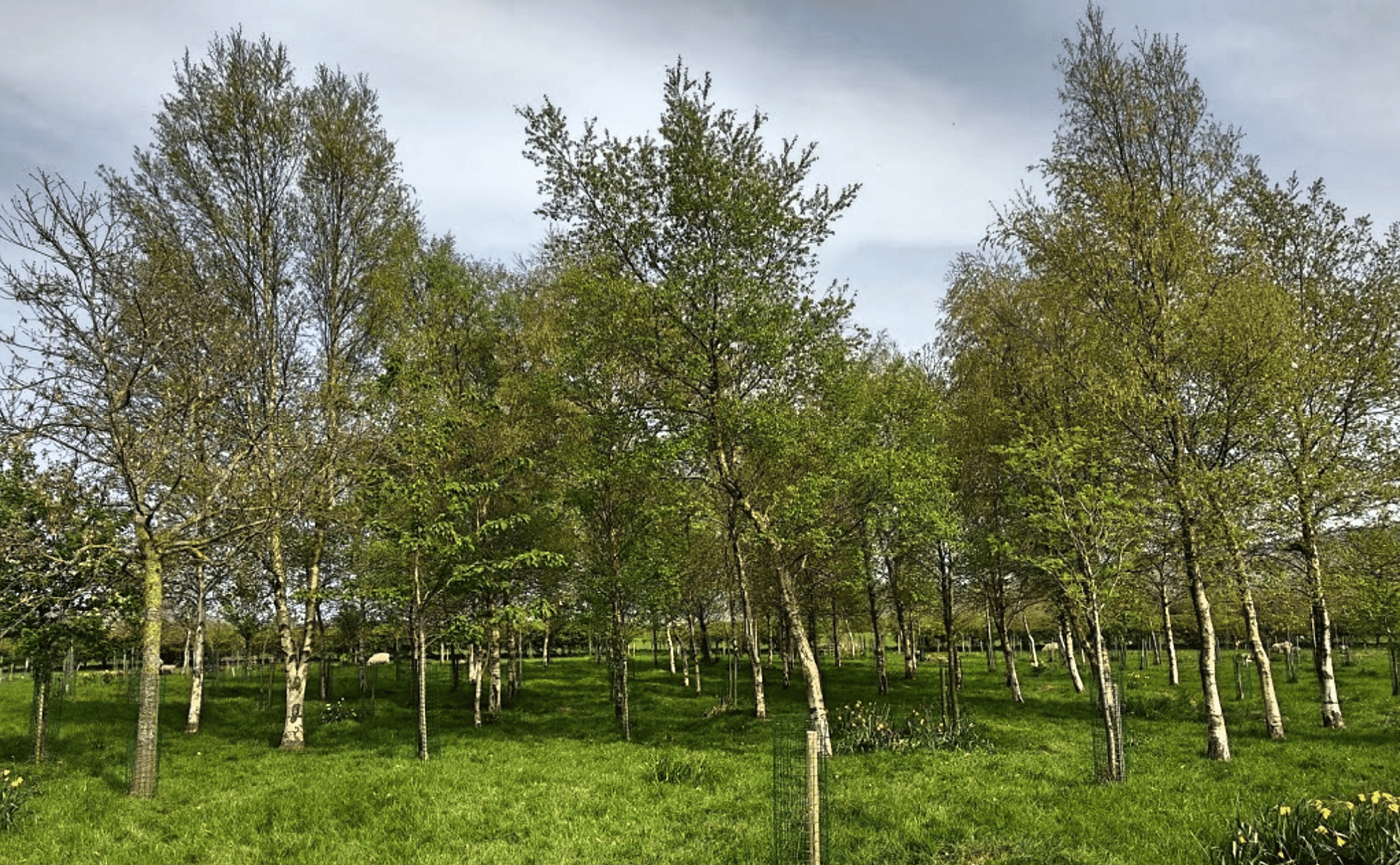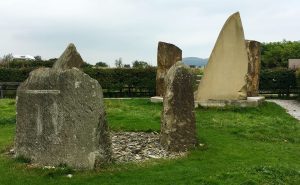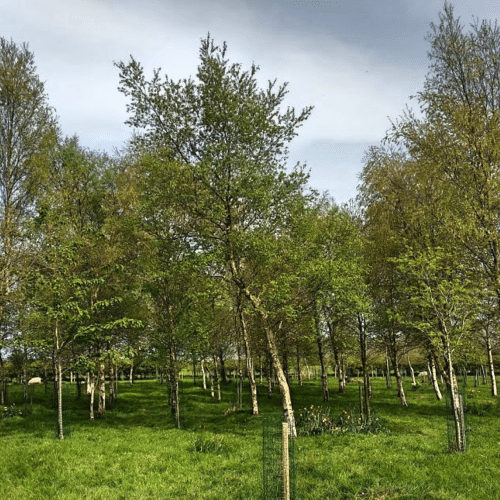
Part 1 is here.
Part 2 is here.
In a world where our personal environmental impact is high on the agenda, green funerals may be something that you are considering for yourself or for a family member. Even if you’re not, chances are you’ve at least heard of a green funeral – perhaps you’ve heard them referred to as ‘natural burials’ or ‘eco funerals’.
In Parts 1 and 2, we discussed embalming and types of coffin. In this Part 3, we’ll discuss the idea of natural burial grounds, how a natural burial differs from a green funeral, and what the advantages and disadvantages of natural burial grounds are.
Green Funerals Pros and Cons – Part 3
Natural Burial Grounds
What is a Natural Burial?

To be very clear from the start, as some people can get confused – a natural burial is not the same as a green funeral. Truly green funerals combine not only the aspects we’re have already discussed in this series of articles – i.e the rejection of embalming and the use of biodegradable coffins – but also many other aspects, including, but not limited to: rejecting cremation, hand-digging the grave, rejection of shop-bought flowers, and discouragement of visits to the grave by car. Essentially, a real green funeral leaves no trace behind.
Very few natural burial grounds fulfil all the criteria of a truly green funeral – in fact, there are very few clients who want a truly green funeral. A natural burial, however, does seek to reduce the environmental impact of a body’s disposal – just as the rejection of embalming and the use of biodegradable coffins seeks to do the same.
Natural burial grounds offer different levels of green funeral, but most will share the characteristics of having no marked graves, being located in rather picturesque surroundings, and generally not looking at all like a burial ground. The idea of a natural burial ground is that the entire site, rather than an individual grave, is the memorial.
Pros of Natural Burial Grounds
Better for the Environment: It might go without saying, but generally speaking, a natural burial ground is better for the environment simply than a traditional one because it leaves far less of a human footprint. The lack of marked graves makes many natural burial grounds looking simply like a normal field, aside from a few inconspicuous signs.
Simple and Uncomplicated: Ceremonies at natural burial can be advantageous because of their simplicity. Church services – and even ceremonies at crematoria – can have unnecessary rituals and traditions that may seem old-fashioned. Ceremonies at natural burial grounds have more chance to be beautifully simple and down-to-earth.
Great Views: It might seem like a strange thing to look for in a burial ground, but the idea behind natural burial grounds it that the entire site is the memorial. If this is the case, it stands to reason that the site be as beautiful as possible, to reflect the lives of the people buried there.
Cons of Natural Burial Grounds
No Grave Markings: This is a big deal for many. People find comfort in having a specific spot to go to remember their loved ones, and frankly, the lives of other people hold little to no importance to them. That’s why gravestones became popular in the first place. If you don’t like the idea of having an unmarked grave, then a green funeral is likely not for you.
Slow Decomposition: This is something for you to research if you’re looking at a natural burial. Generally speaking, a body decomposes best aerobically, in the top two feet of soil where most of the bugs live. However, the majority of natural burial grounds, despite what they might advertise, bury bodies deeper than two feet, where decomposition is slow. If it’s important to you that the body decomposes back into the circle of life as quickly as possible, then make sure you check before you book.
In our final part, we’ll talk about something new and innovative in the funeral industry – resomation.


